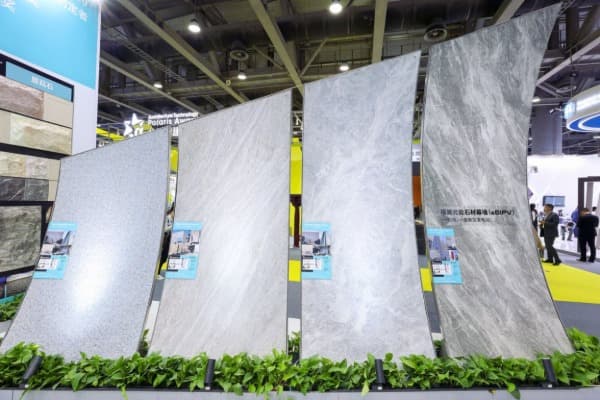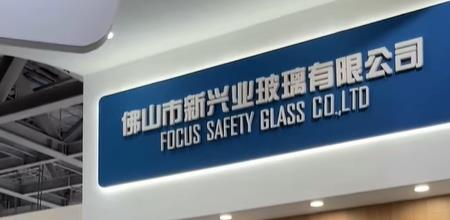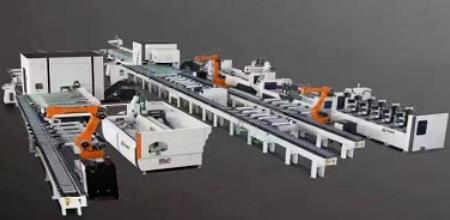Building-Integrated Photovoltaics (BIPV) Market Projected to Expand from US$25.46 Billion in 2025 to US$58 Billion by 2029
The
market for building-integrated photovoltaics (BIPV) has experienced significant
growth in recent years. It is projected to increase from US$20.5 billion in
2024 to US$25.46 billion in 2025, reflecting a compound annual growth rate
(CAGR) of 24.2% (ResearchAndMarkets).
This
historical growth can be attributed to heightened environmental awareness, a
rising demand for sustainable building solutions, more stringent building
energy codes and green building certifications, urbanization, the necessity for
space-efficient renewable energy generation, fluctuations in energy prices, and
an uptick in investment towards the research and development of BIPV products.
The
building-integrated photovoltaics (BIPV) market is anticipated to witness
substantial growth in the coming years. It is expected to reach US$58 billion
by 2029, with a compound annual growth rate (CAGR) of 22.9%. The projected
growth during this period is linked to increasing electricity costs and
considerations for grid resilience, the expansion of BIPV applications beyond
just rooftops, a growing demand for aesthetically appealing and customizable
BIPV solutions, support from the architectural and construction sectors, and
rising environmental concerns.
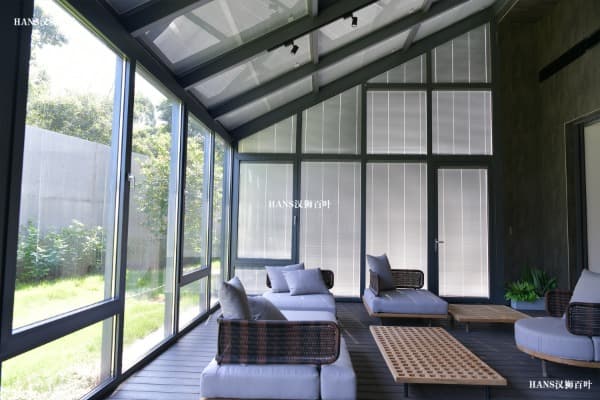
Key
trends anticipated during the forecast period include the integration of BIPV
into smart building and IoT systems, advancements in solar technology,
collaborations among solar manufacturers, architects, and construction
companies, trends towards net-zero energy and carbon-neutral buildings, and
technological innovations in BIPV materials and designs.
The
increasing demand for zero-energy buildings is anticipated to propel the
expansion of the building-integrated photovoltaics (BIPV) market in the coming
years.
The
expected rise in cost-effective construction initiatives is projected to
stimulate the growth of the building-integrated photovoltaics (BIPV) market in
the future. This surge in cost-saving efforts can be linked to growing economic
uncertainties, fierce competition, technology-driven efficiencies, and the
increasing demand for sustainability and responsible resource management within
the construction sector.
Prominent
players in the global building-integrated photovoltaics (BIPV) market are
focusing on technological advancements such as HPBC cell technology to improve
energy efficiency, reduce costs, and enhance the aesthetic integration of solar
panels into architectural designs.
The
Asia-Pacific area represents the most significant market for
Building-Integrated Photovoltaics (BIPV), contributing around 29 - 30% of the
worldwide revenue share in 2024. This growth is attributed to swift
urbanization, decreasing solar costs, and strong governmental backing in
countries such as China, Japan, India, and Southeast Asia (GrandViewResearch).
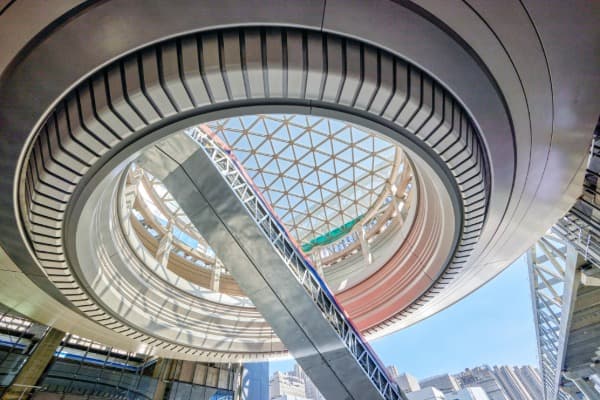
China Building-integrated Photovoltaics (BIPV) Market Size & Outlook
The
building-integrated photovoltaics market in China is projected to achieve a
revenue of US$ 15,227.5 million by 2030. A compound annual growth rate of 25.1%
is anticipated for the China building-integrated photovoltaics market from 2024
to 2030.
International
buyers in search of cost-effective, energy-efficient building solutions are
invited to attend the 32nd Windoor Facade Expo - Asia’s premier sourcing platform for advanced facade,
window, and door technologies.
Connect
with 50+ top-tier BIPV manufacturers and explore the latest innovations driving
the transformation of green architecture.
Taking
place from March 11-13, 2026, at the Poly World Trade Center in Guangzhou, the
event will feature 500+ exhibitors across 70,000 square meters, showcasing
next-generation building materials and integrated energy technologies.
Register now to stay ahead of global trends and receive exclusive insights into the future of sustainable construction.
